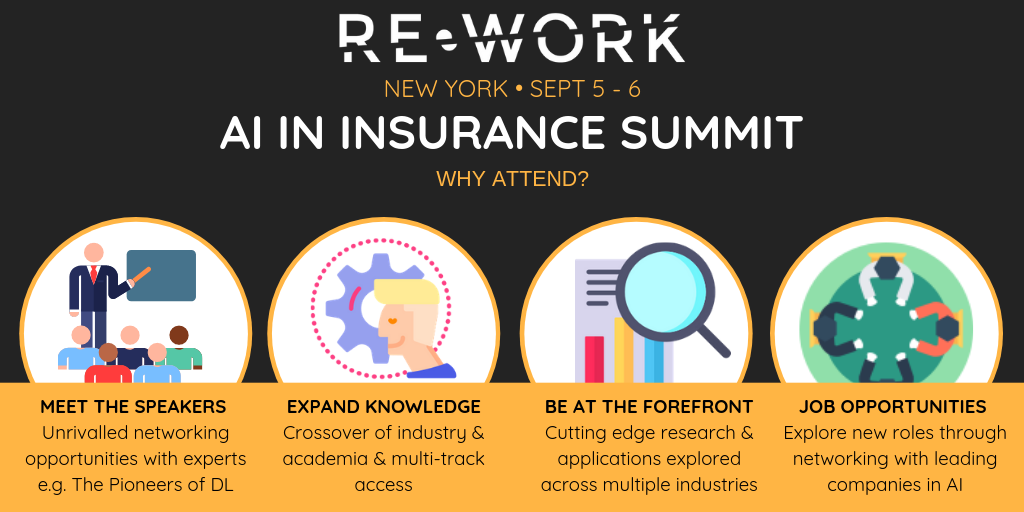Driving an automobile is as quintessentially American as baseball. There are so many movies that glorify driving – directly or indirectly. Some famous car chases like in “Bullitt” and the entire “fast and furious” genre are some direct examples that glorify the American ideal of driving. In fact, all James Bond movies glorify driving.
There are some other movies that romanticize driving such as the drive Cary Grant and Gene Kelly take by the Monaco seaside in “To catch a thief”
So, my submission is – while driverless cars are getting more mainstream, people will still drive, overwhelmingly, for the sheer exhilarating experience. People may use the driverless car feature for commute. So, if you’re driving from Princeton to Manhattan during rush hour on Monday, you will most likely use the driverless car feature of your car, while you take a nap, whilst listening to classical music or catch up on some office email, take some phone calls, etc.
For other trips like the weekend getaway from San Francisco to Pebble beach, you do want to drive the car and enjoy the experience.
So, while people may use driverless car features for painful, hygiene commute and Uber for the same reason as well – the key being convenience; people will drive for leisure as they relish the experience.
Now, imagine, you’re on a trip from Los Angeles downtown to Las Vegas for the weekend. You’re going with your spouse and kids. For the road, you stop at a Starbucks and get a Grande coffee. You’re sipping coffee as you drive. You’re also blaring your travel playlist on your Spotify app on your phone. Your kids are yelling at the back that they want to play songs from the “Hadestown” musical. Your husband is badgering you to play his favorite Led Zeppelin song for the road – “Four Sticks”. While all this is going on, you catch, from the corner of your eye, your kids snacking off on Twizzlers, something you’d expressly forbidden them to do, during the drive. As you juggle the three kids (husband included), your Spotify playlist and the cup of coffee, are you distracted?
You bet!
Now, you really do like the drive in your BMW. That is the reason you bought the car – the family weekend drives. However, there are these little distractions that happen about, say 10% of the total journey.
So, here’s the problem. You love the weekend family trips and love the drive.
You also have these distractions – you signed up for these once you married!
Is there a way to get the best of both worlds? Meaning, you get the experience of driving while dealing, risk-free, with the distractions.
Now, let’s put on our Einstein hat and do a thought experiment.
Imagine you have a sentient being in the car that detects that you’re distracted and alerts you, or better yet, takes over the auto-drive feature as soon as you reach out the back to take away the Twizzlers from the kids.
In contrast to Einstein’s thought experiments on special and general relativity, our thought experiment is easily realized using computer vision and deep learning technologies.
My team and I have created a system to determine, in near-real time, distracted driving behavior autonomously. So, all the distraction examples mentioned above, the system detects, as you’re doing it. This could enable feedback to the driverless system in your car to take over while you deal with the exigencies of life. When you’re back to focused driving, you’re back in control of your experience.
Wouldn’t it be really cool? Who says women can’t get it all?
That is the subject of my talk at the AI in Insurance Summit in New York this September. I hope to see you all there!
Bio: Priya Sundararaman, Principal Data Scientist, State Farm
Priya has an undergraduate engineering degree in Computer Science and masters in Predictive Analytics with 16 years of industry experience. She is a pragmatic data scientist who believes that we are already in the midst of the fourth industrial revolution, with AI being a key enabler, permeating all aspects of business. At State Farm, she intends to make her contribution by using machine learning to solve hard business problems for demonstrable, measurable, and sustainable ROI.

